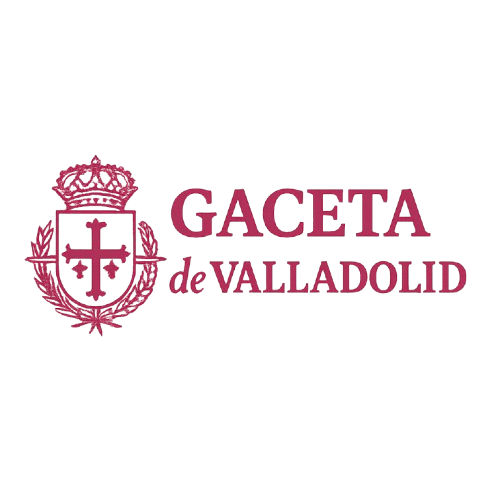The Department of Mobility and Digital Transformation highlights the important role of these infrastructures in the implementation of the BUSCyL Card.
June 5, 2025
Castilla y León | Department of Mobility and Digital Transformation
The Junta of Castilla y León has taken a decisive step in its strategy to modernize public transportation with the installation of 377 smart stops throughout the autonomous territory. The Minister of Mobility and Digital Transformation, José Luis Sanz Merino, presented today in the municipality of Baltanás, one of these new digital infrastructures, which will be key to the effective implementation of free transportation in Castilla y León, thanks to the BUSCyL Card.
The total investment in the project amounts to 12 million euros, financed by Next Generation European Funds and the Junta’s own funds, and includes the installation of these stops in the nine provinces and over 300 municipalities.
During the presentation event, the minister emphasized that the smart stop presented in Baltanás «symbolizes the new mobility model we are building in Castilla y León: free, digital, close, and adapted to each territory, from major cities to our towns.»
Sanz Merino also stressed the key role of these infrastructures in the implementation of the BUSCyL Card. «The free public transportation is not only a socially just measure but also a commitment to territorial balance. And for it to work throughout the Community, we need technology like this, which brings the service closer to each resident, no matter where they live.»
In this sense, he recalled that the new smart stops will allow users to check their balance, validate top-ups, and access real-time information about routes, greatly facilitating the autonomous use of the BUSCyL card. «We are ensuring that any citizen, even in the most remote rural areas, can benefit from free public transportation under the same conditions as someone living in a capital,» he detailed.
Finally, he reaffirmed the Junta’s commitment to sustainability and innovation. «The stops operate with solar energy, self-manage, and are connected to our Control Center in real time. Castilla y León is leading a 21st-century mobility model without leaving anyone behind,» he concluded.
Technology to Transform Transportation
Each smart stop features a 32″ electronic ink display, RFID/NFC readers compatible with BUSCyL, fixed information on routes, status sensors, and a solar power system with over 15 days of autonomy without light.
The deployment includes 94 stops in the province of León, 60 in Valladolid, 33 in Salamanca, 31 in Burgos, 27 in Segovia, 26 in Palencia, 18 in Ávila, 15 in Zamora, and 12 in Soria. Additionally, 61 additional locations are yet to be defined by the Junta of Castilla y León, completing a total of 377 smart stops strategically distributed based on population size and the type of transportation network.
These figures ensure that all municipalities with over 1,000 inhabitants — and in many cases, even smaller ones — have at least one smart stop, democratizing access to information and validation of the BUSCyL card throughout the territory.
The Junta of Castilla y León continues to advocate for more efficient, universal, and connected mobility, with the aim of improving people’s lives, promoting territorial cohesion, and giving a responsible and transformative use to European funds.

